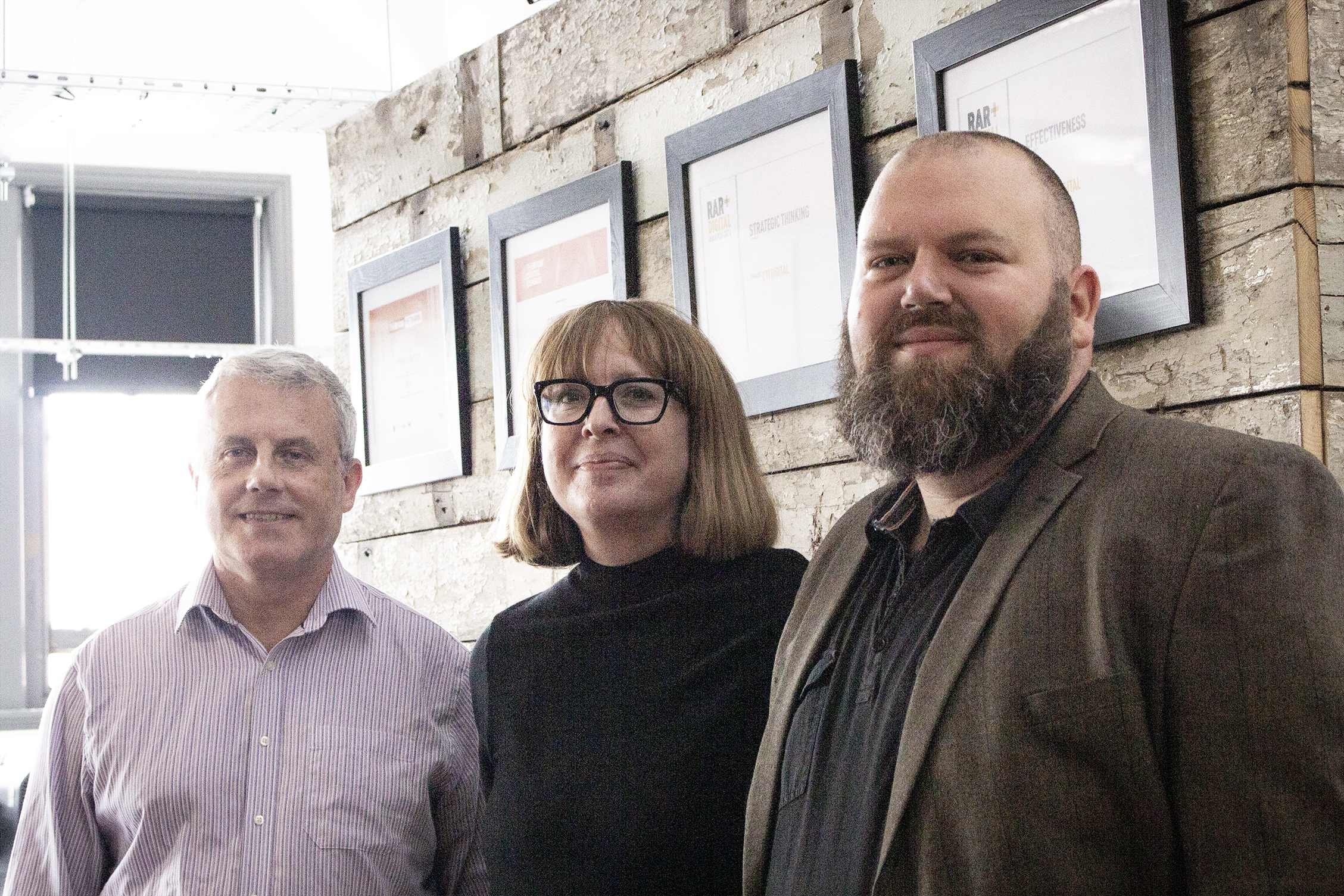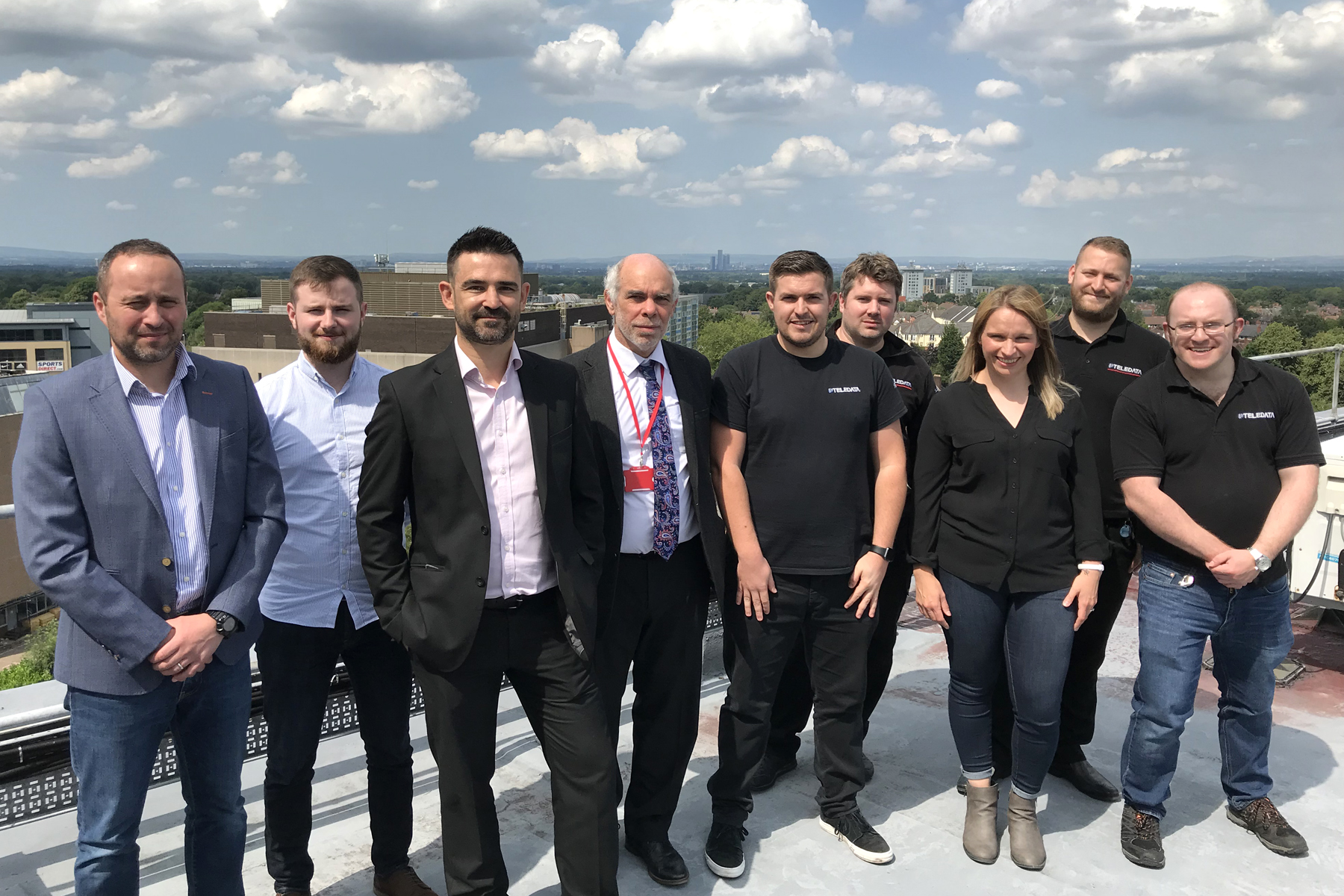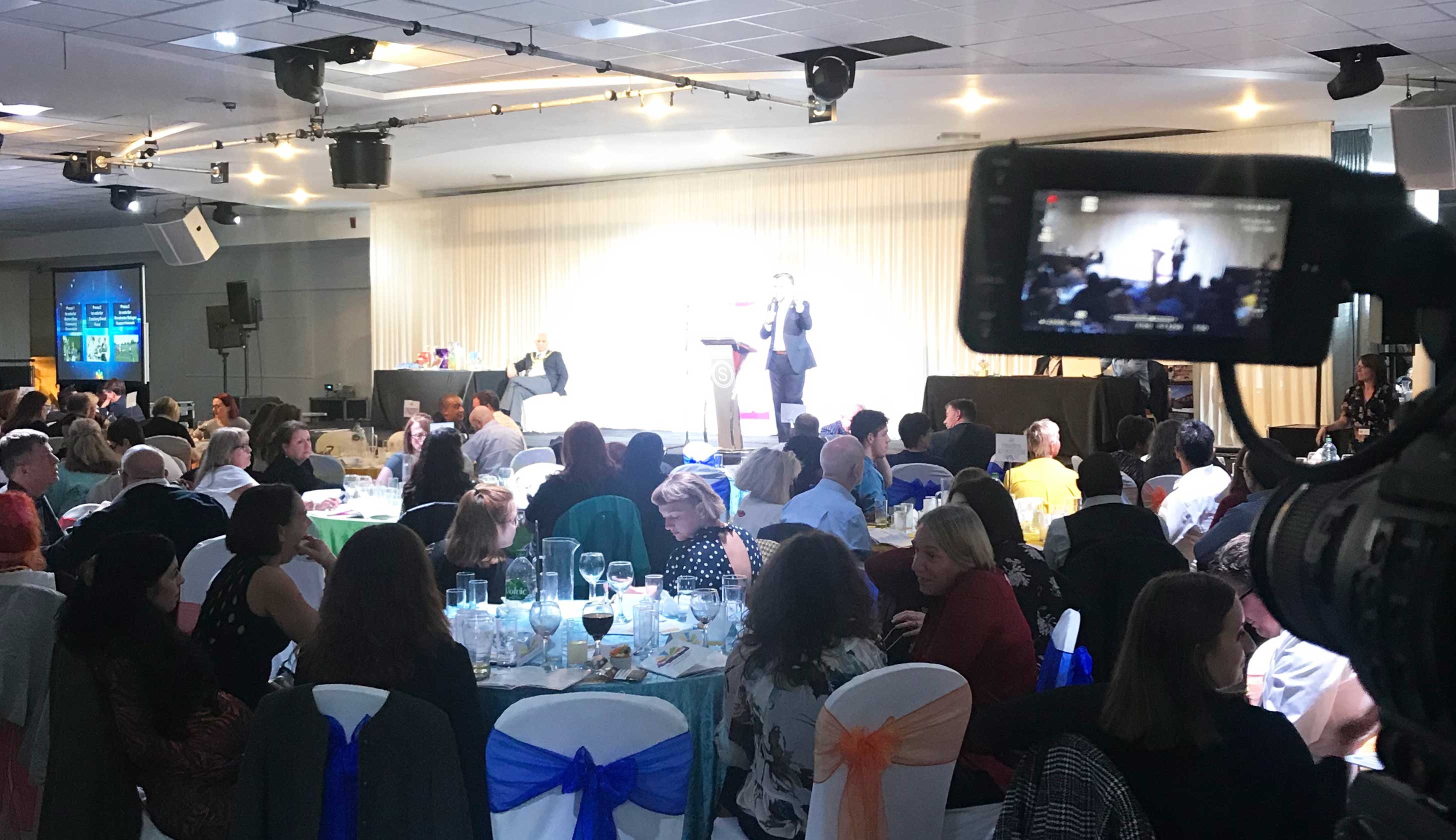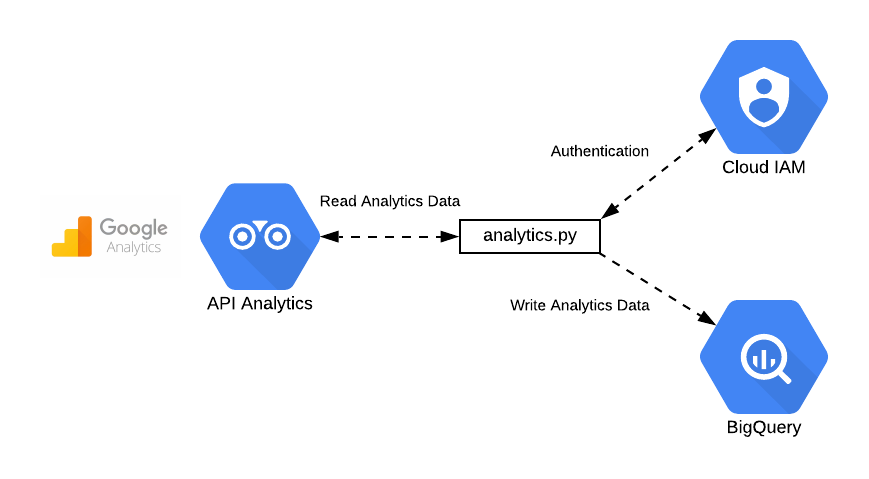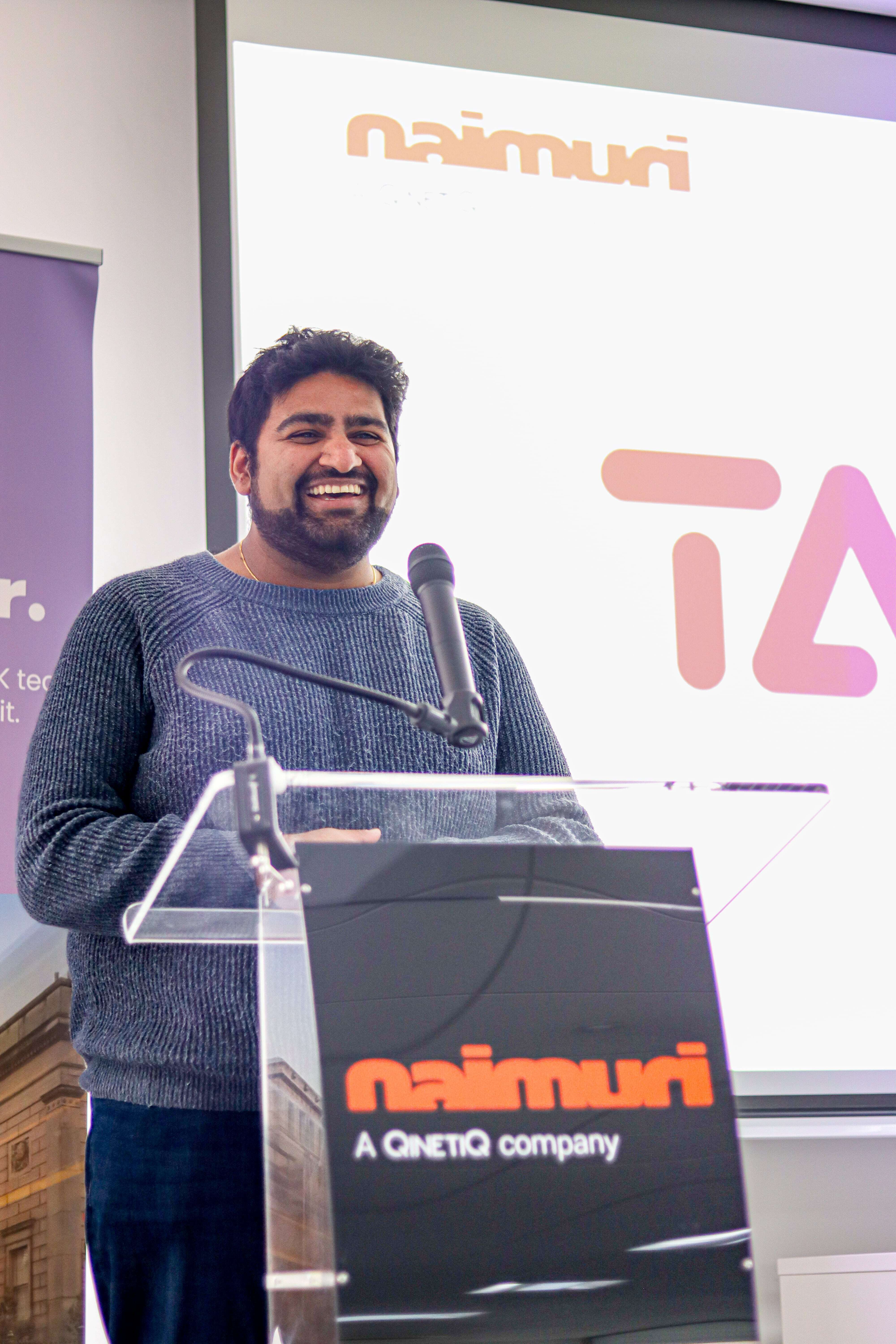
Manchester based technology company Naimuri recently partnered with ‘42 Engineer Regiment (GEO)’, (part of the National Centre for Geospatial Intelligence) for its new client-facing technology conference called TAG (Tech, Academia and Government).
The event saw over 100 people from across academia, government and technology unite at Naimuri’s HQ and listen to six academics from across the North of England, share a range of data insights and solutions to explore problem solving techniques to establish ‘how to better understand the characteristics of a forest from satellite imagery, using a range of data analysis techniques’.
TAG was launched back in June 2022 and was the brain-child of Dr Phininder Balaghan, Innovation and Engagement Lead at Naimuri. His vision was to build upon the foundations of Naimuri’s ‘Data Intelligence Centre of Excellence’ (DICE) and to create an event which would meet real life challenges at the heart of government (and defence) by delivering innovative ideas, showcasing ground-breaking data and state-of-the-art academic research.
Dr, Phininder Balaghan, Innovation and Engagement Lead, who joined the company from the University of Hull, said:
“When we launched TAG back in 2022, we could not have anticipated the success of the event and it was wonderful to work with the MOD and 42 Engineer Regiment (GEO) for our second event. TAG is very much part of our ‘Data Intelligence Centre of Excellence’ and was created to push boundaries and explore and drive collaboration and revolutionise change. We are the first in the North West tech scene to run an in-house technology conference of this kind and feel in a fortunate position to enable our partners to come together in a supportive and secure environment and to explore the realms of what is possible. We look forward to growing the TAG brand and creating further events and collaborations”.
SSgt Warren Slade | Cap Dev SSgt | Strategic Command | Defence Intelligence, said:
"TAG was a well organised event from the onset, with clear direction on the agenda, objectives, challenges, talks and the networking in between. The talks were meticulous, insightful and informative, which provided my team and I multiple avenues to immediately explore and identify a possible solution for the problem set. All the academics were extremely engaging and really eager to tackle such a simple problem ‘on paper’, but extremely complex to accomplish in reality. TAG would have not been possible without all of the hard work and dedication from the Naimuri team, who all had such great work ethic and positivity. We hope there’ll be more opportunities to work with Naimuri in the future”.
Vicki Saward, Information Advantage Global Campaign Director from QinetiQ said:
“TAG is an excellent example of collaboration between the mission customer, academia and technology. The challenge set by 42 Engineer Regiment (GEO) was clearly defined and the academics all interpreted the brief in unique ways and shared a range of potential solutions from analysing the geometry of tree canopies using geometrical techniques developed for cosmology, through to foliage identification and radar based satellite imagery designed to better understand deforestation. TAG demonstrated Naimuri's, and QinetiQ’s ability to build diverse ecosystems to address customer problems and showcase our growing expertise in data science and information advantage. I look forward to the next event and seeing the TAG brand prosper”.
In response to this challenge, TAG saw 6 universities present research, to help solve the problem…
Newcastle University: Discussed how two techniques can be combined to tackle the challenge (Active Learning and Hierarchical Classification).
Manchester University: Gave an overview of object change detection or disaster assessments using satellite imagery.
The University of Hull: Set out how we can use Astronomical Cartographic Techniques to find tree trunks.
Liverpool John Moores: Showcased a number of different data science techniques, such as Time series Activity Detection.
The University of Sheffield: Showed a plan for solving the challenge - sending a satellite into space next year that can use P-waves to go through the canopy.
University of York: Presented data science techniques in finding obscure items in Satellite images.
